The new system of availability of areas has been one of the topics of the moment in the mining sector, especially with the beginning of the 3rd Round. With the completion of the 1st Round and the disclosure of the result of the auction of the 2nd Round, we already have a balance of the process. In addition, we have information about the new notice, its deadlines and the number of areas available.
The Third Availability Notice, launched on 03/31/2021, makes more than 2,700 areas available for research and mining. The schedule presented informs about the deadline for expression of interest until May 31 and electronic auction from June 9 to 23.
The expectation of the opening of new areas of availability, suspended since 2016, is that about 57 thousand research and mining areas will be distributed for mining processes. The availability of ANM areas entered, in May 2020, for the Investment Partnerships Program (PPI) of the Federal Government, constituting one of the projects to foster the social and economic development of the country.
In today's text we will present an assessment of this new system, with the two public notices finalized and the third in progress.
Balance of Public Offerings and Area Auctions
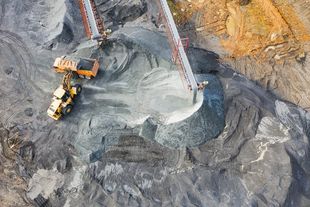
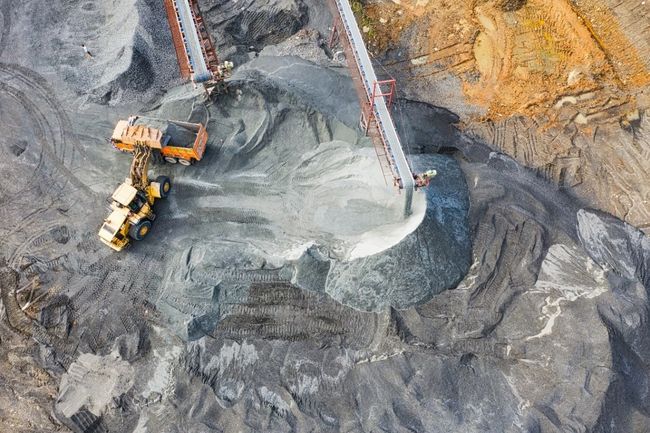
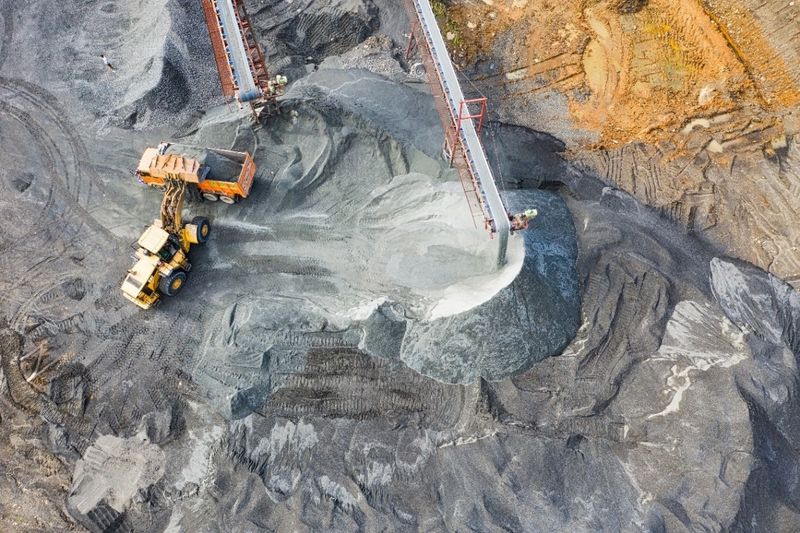
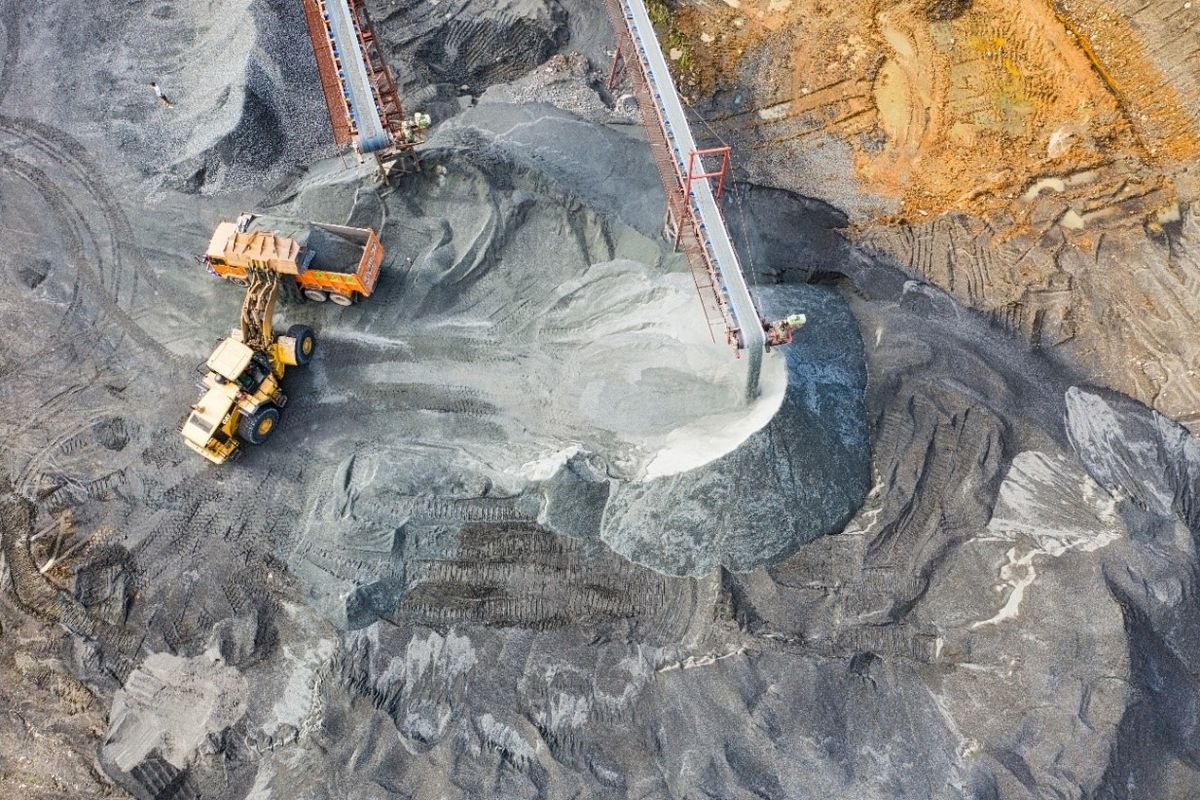
According to Yoshihiro Nemoto, superintendent of Regulation and Regulatory Governance at ANM, the agency has already managed to release more than 7,370 areas with the first two Availability Rounds, with a potential to increase investments in the sector of more than 1 billion by 2022.
The participation of interested parties in the dispute for an area or block of areas made available by the Notice of Availability of Areas, must be done exclusively through the electronic platform, called Public Offer and Auction of Areas System (SOPLE).
First Round of Availability
In the first notice, made available in September 2020, about 500 research areas were made available. The areas were for research of minerals used in civil construction, such as sand, clay, gravel and gravel, as shown in the figure below.
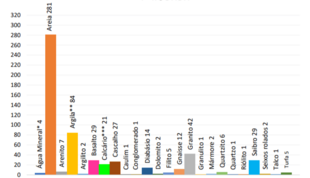
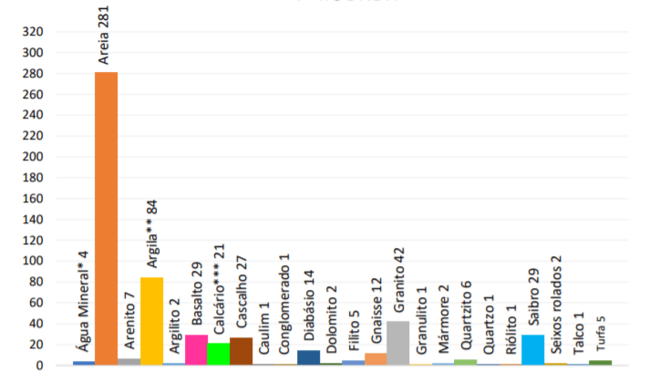
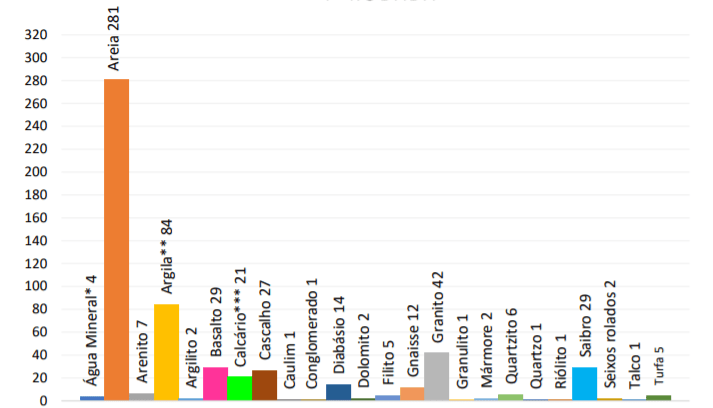

The distribution by State was concentrated in São Paulo (20%), Rio de Janeiro (11%), Minas Gerais (8%), Rio Grande do Sul (8%), Santa Catarina (8%), Goiás (7%), Paraná (7%), Bahia (6%) and Espirito Santo (6%), as can be seen in the Graph below.
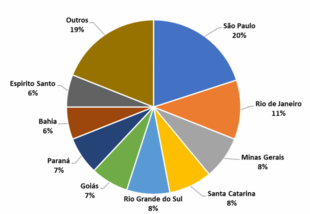
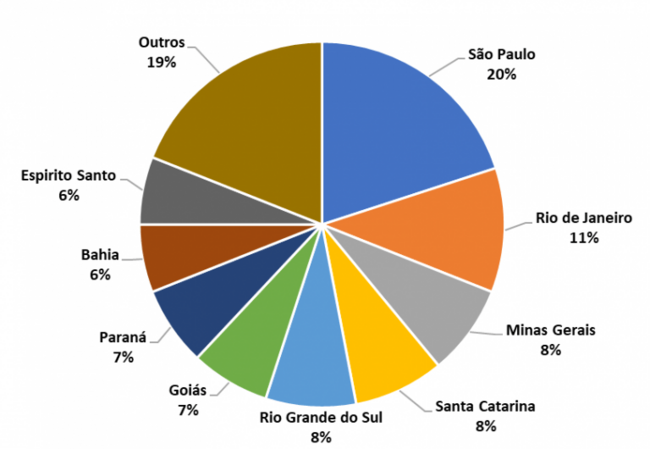


As a result of the Public Offering stage, 104 areas had only one interested party and, therefore, did not need to be disputed. However, another 73 areas had more than one expression of interest and advanced to the Electronic Auction stage. In this last stage, 60 areas were auctioned, while 13 had no bid and were free. In short, the ANM raised about 1.9 million with this notice.
Second Round of Availability
For the second notice, released in December 2020, about 6,700 areas were made available for research and 270 for mining concessions, involving various types of mineral substances.
In this notice, the research areas were concentrated in the states of Bahia, Minas Gerais, Rio Grande do Sul and Goiás, as can be seen in the Graph below.
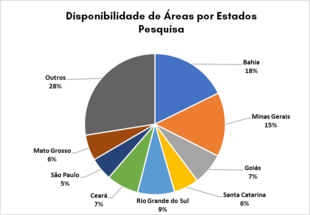
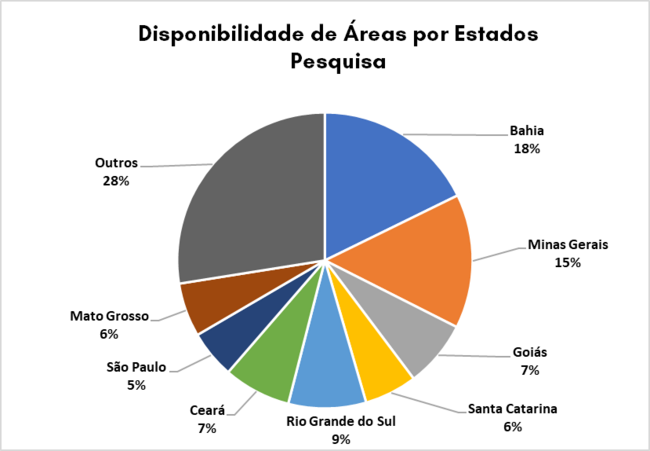
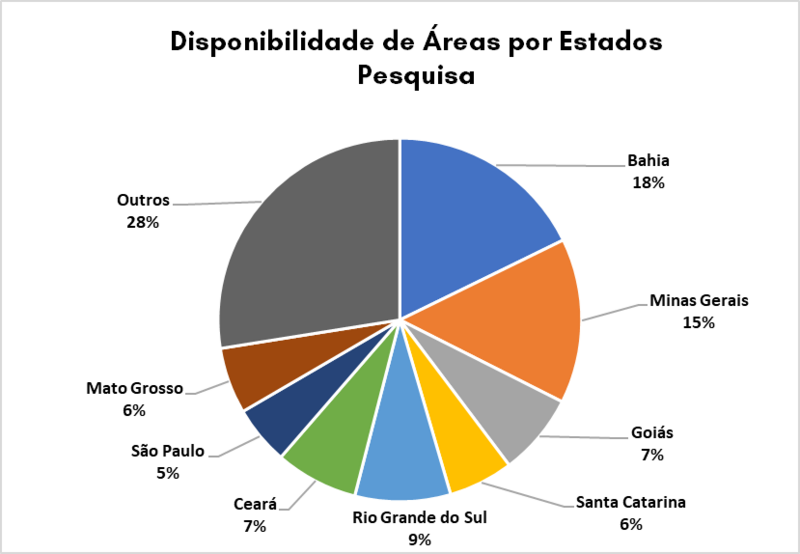
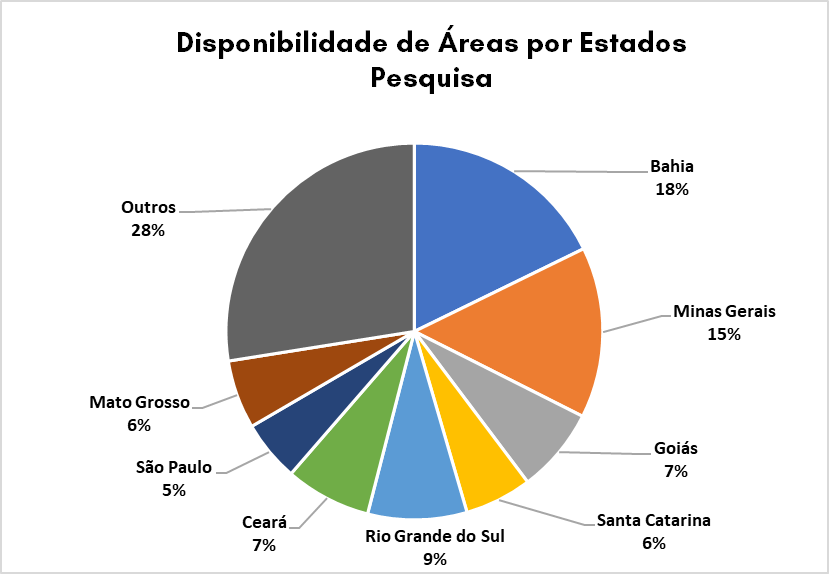
The mining areas were concentrated in Santa Catarina, São Paulo, Goiás, Minas Gerais and Espirito Santo, corresponding mainly to granite, sand, clay, limestone, gravel, gneiss and mineral water. The chart below shows this scenario.


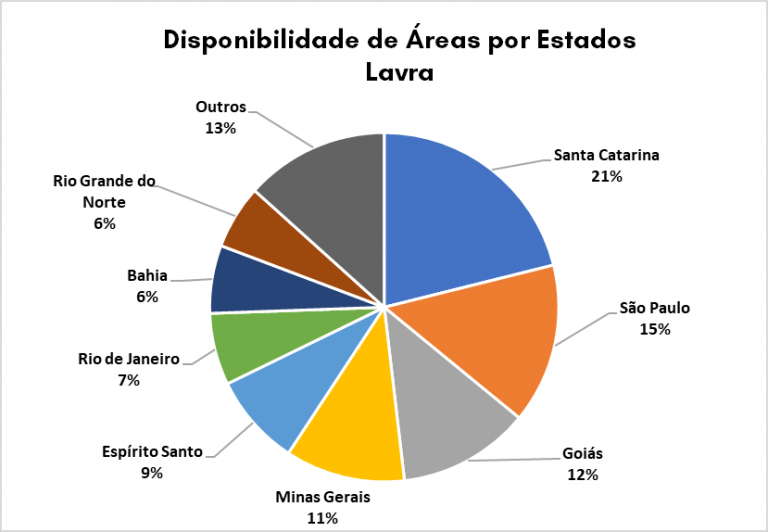

In this 2nd Round, 25% of the areas were sold in the Public Offer (1,713), 35% of the areas went to the auction stage (2,415) and 40% were free (2,750). As a result of the auction, released on 03/30/2021, 430 areas did not obtain bids, joining the free areas and 1,985 were sold. This round will end in August 2021, when payments for proposals and research/mining requirements will be finalized. The expectation of collection of this public notice is more than 164 million.
Third Round of Availability
For the third notice, published on March 31, 2021, 2,762 areas were made available, 99 of which for mining and the rest for research. The expression of interest can be made until May 31.
The Central-West region concentrates 40% of the offers, followed by the Southeast (21%), South (19%), Northeast (17%) and North (3%). Among the areas for mining, there is a concentration of substances aimed at ornamental rocks and aggregates from civil construction.
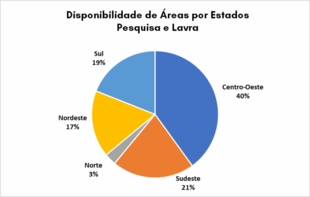
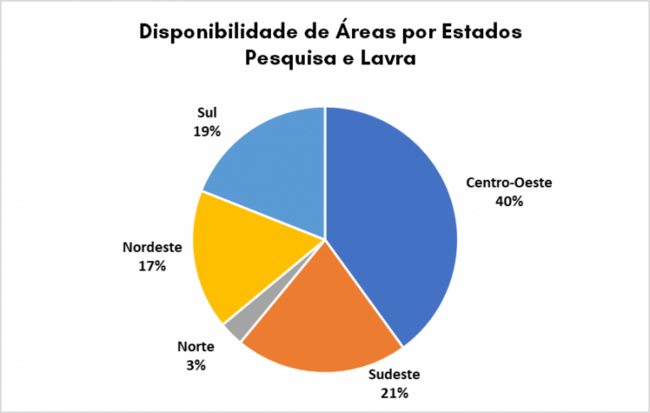
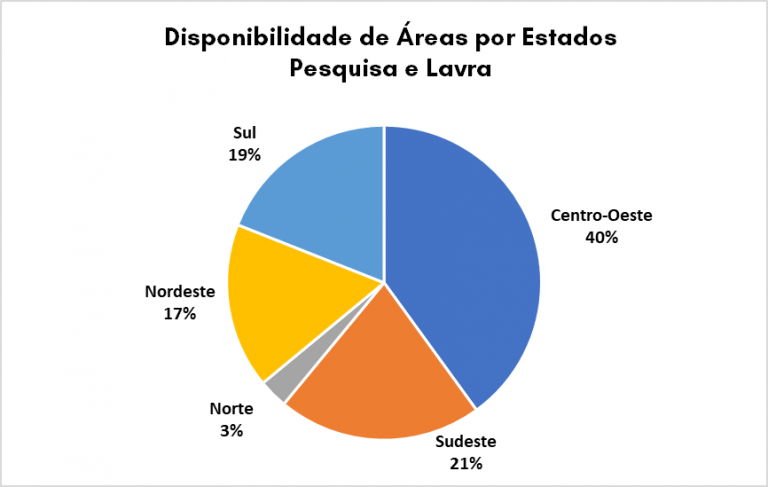

New area availability system: how does it work?
The Availability of Area is a selection process, conducted by the National Mining Agency (ANM), with the objective of selecting those interested in continuing mining projects previously granted, but which, however, returned to the ANM portfolio, for reasons such as rejection of applications, expiration of titles, abandonment of the deposit or mine, withdrawal and resignation.
The New Regulation of the Mining Code (Decree No. 9,406, of June 12, 2018), brought with it several changes, among them, the availability of areas through this Public Offer and Electronic Auction system. Subsequently, Resolution No. 24, of February 3, 2020, of the ANM Collegiate Board, disciplined this procedure.
In this way, it is shaped in Prior Public Offering notices made available by the ANM, followed by auctions when there are two or more interested parties, being decided by the highest amount offered. Exceptionally, the tie-breaking procedure will use objective criteria of a technical, economic and social nature, at the discretion of the ANM.
The dispute for areas or blocks of areas is carried out exclusively on the electronic platform of the SOPLE Portal, and no document, plan or project is required during this process. In addition, documentation and administrative processes must be digitized and forwarded to ANM units.
Who can participate in this process?
To participate in the area availability procedure, it is necessary to be Brazilians or companies incorporated under Brazilian laws and that have their headquarters and administration in the country. In addition, the participant, individual or their representative, in the case of a legal entity, must be previously registered on the Digital Citizenship Platform, Single Login.
The participation of ANM employees, individuals or legal entities that are related to the employees or members of the Availability Procedure Commission (CPD) is prohibited. In addition to these, a person convicted of environmental crimes, a legal entity in bankruptcy or extrajudicial reorganization proceedings, and an individual with declared insolvency are also prevented.
Area Availability Procedure
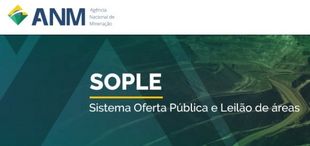
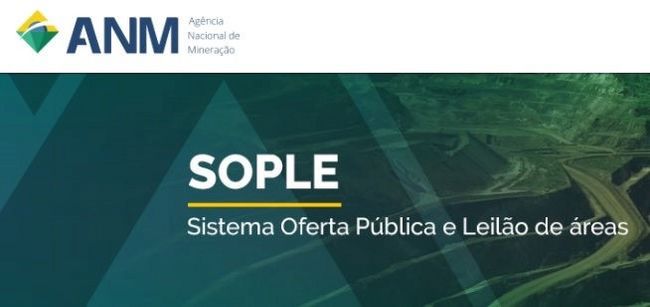
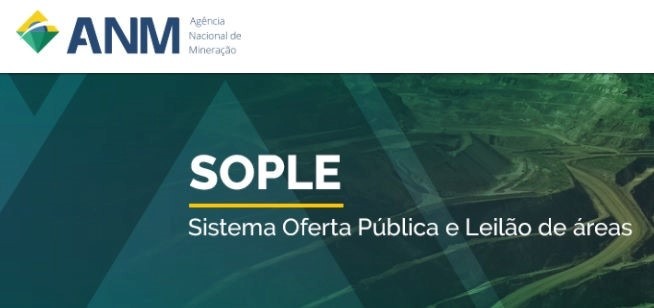

At the beginning of each round of areas, the notice is published with the respective deadlines, rules for minimum bid value and number of areas for expression of interest. The procedure itself consists of two parts: Prior Public Offering and Electronic Auction.
Prior Public Offering
First phase consisting of the expression of interest on the SOPLE portal, within 60 days of the publication of the notice. The evaluation by the ANM will follow the following procedures in the Figure below:
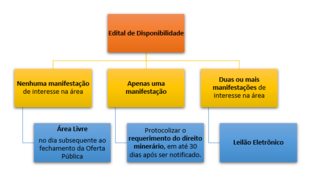
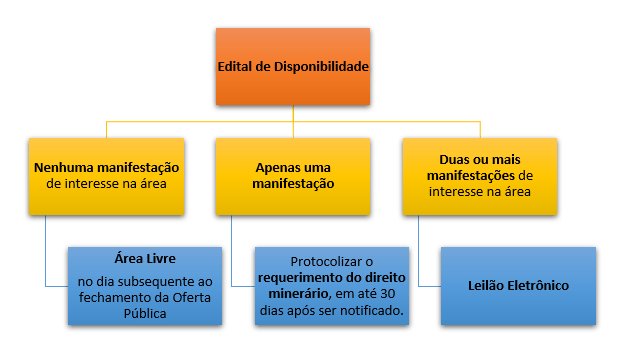


After analysis by the ANM, according to the procedures above, the result is published on the SOPLE Portal, listing the participants by name and registration number (CPF or CNPJ).
Electronic Auction
The second stage corresponds to the Electronic Auction, where the respective participants who have expressed interest in the area will dispute the right to apply for the area. The Auction held by SOPLE follows the procedures in the Figure below.
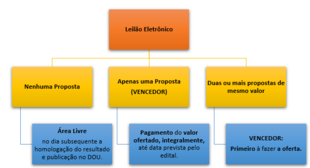
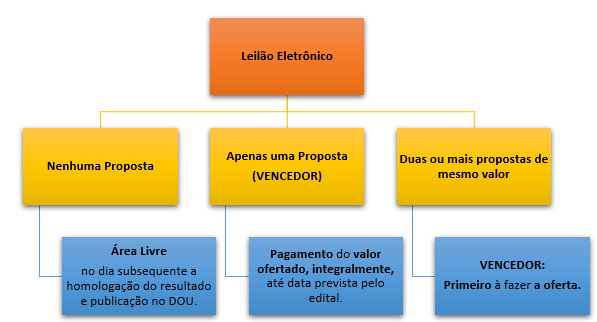


Finally, after these procedures and the payment of the offer, there will be the filing of the research or mining request. Failure to pay the winning bid generates penalties, such as the loss of the right of priority in the area, in addition to a fine of R$ 1,000.00, or 10% of the value of the proposal, provided that this amount does not exceed R$ 10,000.00. In addition, there is also a temporary suspension of participation in Area Availability procedures for 2 years.
A positive balance of this change
This new system promises to bring several advantages, making this process increasingly agile. In addition, it aims at the development of the mineral sector, by reducing bureaucracy in the process and by distributing areas, generating jobs and income for the States.
In short, until the second notice, we have a balance of more than 3800 areas auctioned, for research and mining. With this third notice, a significant increase is expected, due to the number of areas made available.
In general, the new system has met the expectations of optimizing this distribution of areas and reducing bureaucracy in the system. The decision, which sometimes took years, now takes months. However, it is important to monitor and verify the long-term results, pointing out possible improvements.
Did you like the text? Check out other posts on the blog or contact us and see how DMT can help you and your company.
References:
- GOV Portal: www.gov.br/anm/pt-br/acesso-a-informacao/participacao-social/audiencias-publicas/3a-rodada-da-disponibilidade-de-areas/pre-edital-da-rodada3.pdf/
- Investment Partnerships Program – PPI: www.ppi.gov.br/disponibilizacao-de-areas-para-pesquisa-e-lavra-mineral-anm
- William Freire: williamfreire.com.br/publicacoes/artigos/memorando-no-162021-disponibilidade-de-areas-2a-rodada/
- Deposit Website: blog.jazida.com/disponibilidade-de-areas-leilao-anm/
- blog.jazida.com/resultado-leilao-2a-rodada-de-disponibilidade-de-areas-anm/
